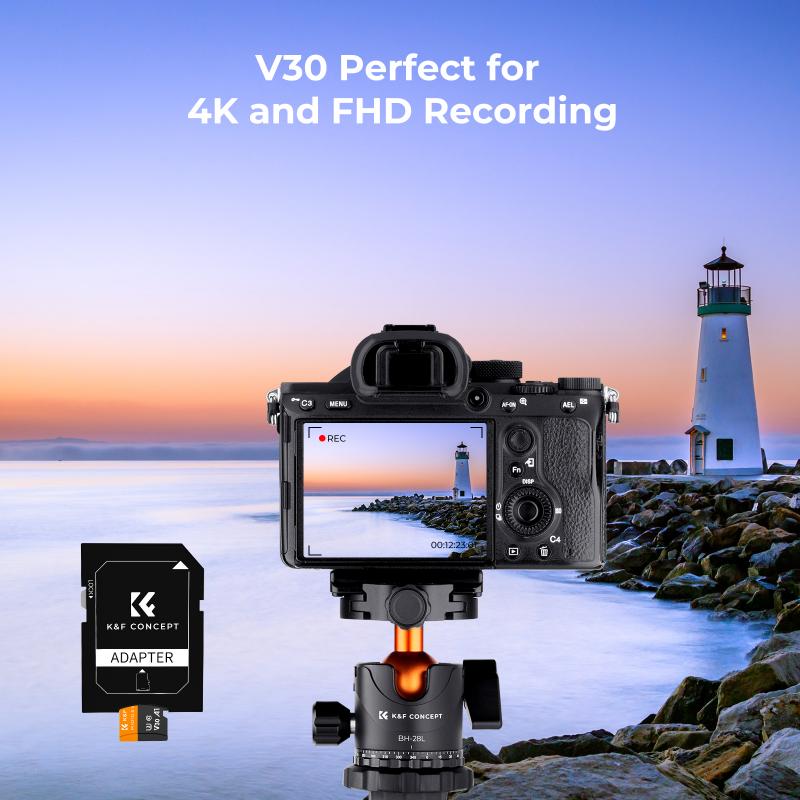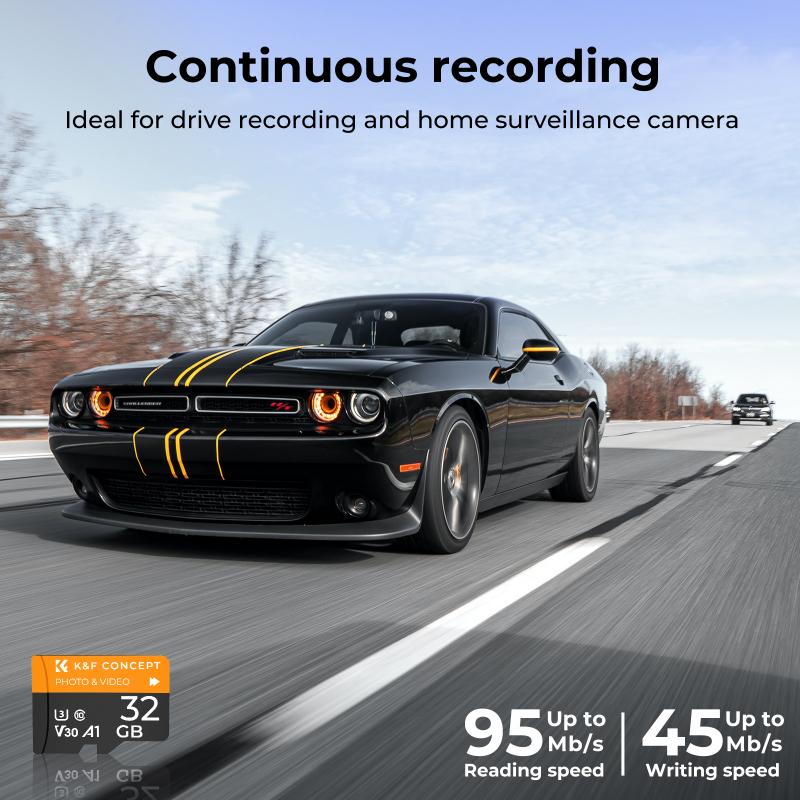How Do I Format Micro Sd Card?
Formatting a microSD card is a common task that many users need to perform for various reasons, such as preparing the card for use in a new device, clearing data, or resolving file system errors. This article will guide you through the process of formatting a microSD card on different platforms, including Windows, macOS, Android, and cameras. By the end of this article, you will have a comprehensive understanding of how to format a microSD card safely and effectively.
Why Format a MicroSD Card?

Before diving into the steps, it's essential to understand why you might need to format a microSD card:
1. Clearing Data: Formatting erases all data on the card, making it a quick way to clear space.
2. File System Errors: If the card is corrupted or has file system errors, formatting can often resolve these issues.
3. Compatibility: Different devices may require the card to be formatted in a specific file system (e.g., FAT32, exFAT).
4. Performance: Regular formatting can help maintain the card's performance over time.
Precautions Before Formatting

1. Backup Data: Formatting will erase all data on the microSD card. Ensure you back up any important files before proceeding.
2. Check Compatibility: Ensure the card is compatible with the device you plan to use it with after formatting.
3. Use Reliable Tools: Always use trusted software or built-in tools to format your microSD card to avoid potential issues.
Formatting on Windows

1. Insert the Card: Insert the microSD card into your computer using an SD card adapter or a built-in card reader.
2. Open File Explorer: Press `Win + E` to open File Explorer.
3. Locate the Card: Find the microSD card under "This PC" or "My Computer."
4. Right-Click and Format: Right-click on the microSD card and select "Format."
5. Choose File System: Select the desired file system (FAT32 for cards up to 32GB, exFAT for larger cards).
6. Quick Format: Check the "Quick Format" option for a faster process, or uncheck it for a thorough format.
7. Start: Click "Start" to begin the formatting process. Wait for it to complete.
Formatting on macOS

1. Insert the Card: Insert the microSD card into your Mac using an SD card adapter or a built-in card reader.
2. Open Disk Utility: Go to `Applications > Utilities > Disk Utility`.
3. Select the Card: In Disk Utility, select the microSD card from the list on the left.
4. Erase: Click the "Erase" button at the top.
5. Choose Format: Select the desired format (MS-DOS (FAT) for FAT32, ExFAT for larger cards).
6. Name the Card: Optionally, give the card a name.
7. Erase: Click "Erase" to start the formatting process. Wait for it to complete.
Formatting on Android
1. Insert the Card: Insert the microSD card into your Android device.
2. Open Settings: Go to the device's settings menu.
3. Storage: Navigate to `Storage` or `Device Care > Storage`.
4. Select the Card: Find the microSD card in the list of storage options.
5. Format: Tap on the microSD card and select "Format" or "Format SD card."
6. Confirm: Confirm the action and wait for the process to complete.
Formatting in Cameras
1. Insert the Card: Insert the microSD card into the camera.
2. Access Menu: Turn on the camera and access the settings menu.
3. Find Format Option: Navigate to the storage or memory settings.
4. Select Format: Choose the "Format" option.
5. Confirm: Confirm the action and wait for the process to complete.
Common Issues and Troubleshooting
1. Card Not Recognized: If your computer or device doesn't recognize the microSD card, try using a different adapter or card reader.
2. Write Protection: Some microSD cards have a physical write protection switch. Ensure it is in the unlocked position.
3. Error Messages: If you encounter error messages during formatting, try using a different device or software to format the card.
4. Data Recovery: If you accidentally format a card with important data, stop using it immediately and use data recovery software to attempt to retrieve the files.
Formatting a microSD card is a straightforward process that can be done on various platforms, including Windows, macOS, Android, and cameras. By following the steps outlined in this article, you can ensure that your microSD card is formatted correctly and ready for use. Always remember to back up your data before formatting and use reliable tools to avoid potential issues. Whether you're clearing space, resolving file system errors, or preparing the card for a new device, formatting is an essential skill for managing your microSD cards effectively.

There are no comments for this blog.